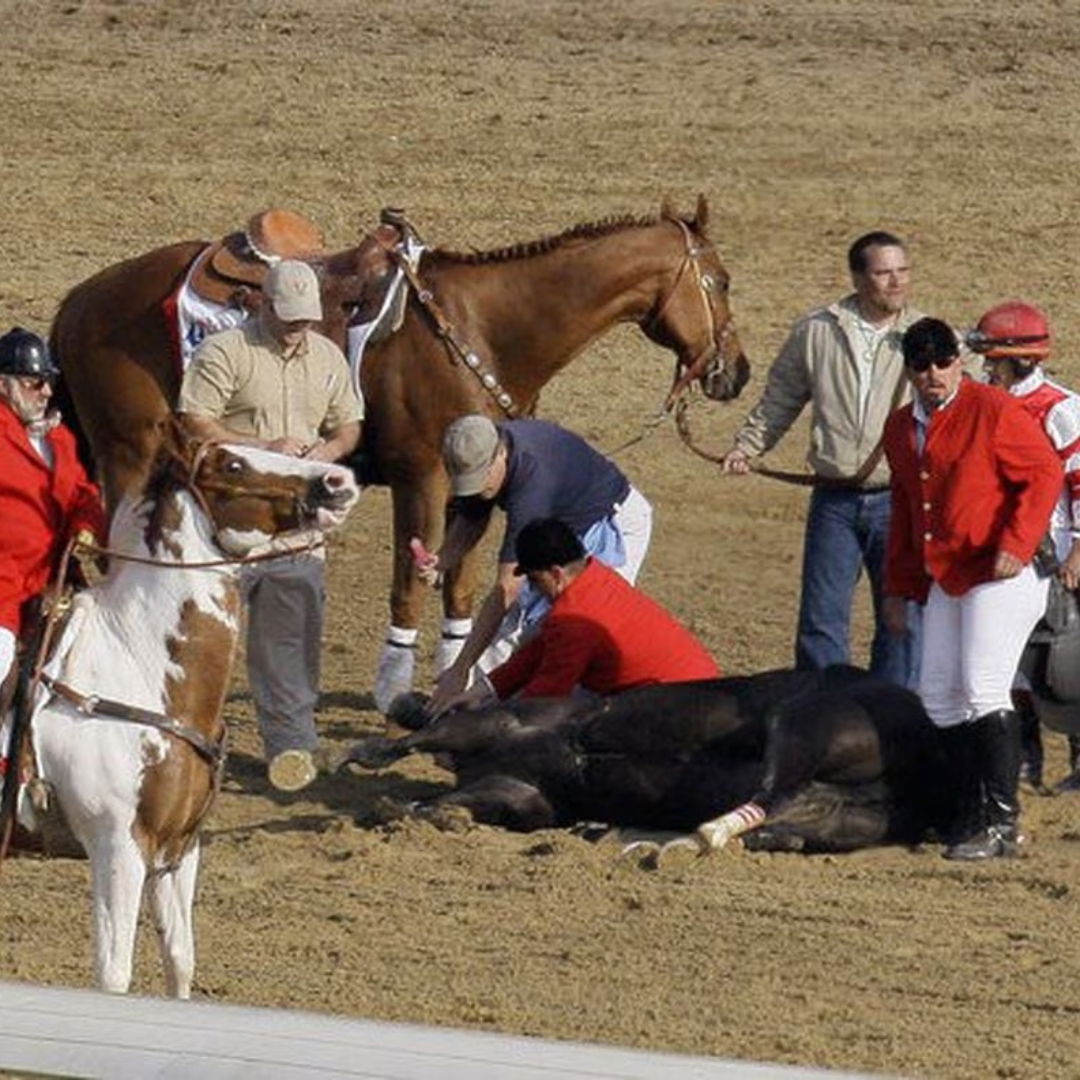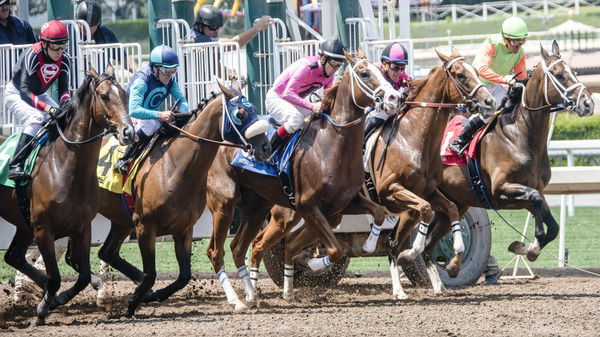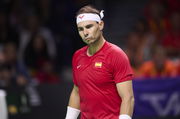

Equine injuries may occur during the race or the training. Among the most common injuries in the horses are ligament and tendon injuries. The treatment for these injuries is available in the form of rehabilitation, rest, and sometimes surgeries. But, they have a long recovery time.
Watch What’s Trending Now!
The equestrian world is always in search of better ways to treat which is stable, effective, and recoverable in less time. Scientists and equine enthusiasts have been studying the injuries to find a solution to the issue. Recently, research on preventing such injuries from occurring was recognized by the equestrian world and they facilitated the researcher for the vital contribution to the field.
ADVERTISEMENT
Equestrian enthusiast study gets acceptance
Dr. Christina Rohlf is a doctoral graduate in biomedical engineering and a researcher at UC Davis in California. She was conducting research on the ways to prevent common injuries in tendons and ligaments due to repetitive motions. She was conducting the research under the guidance of Dr. Susan Stover at the J.D. Wheat Veterinary Orthopedic Research Laboratory. Through her work, Dr. Rohlf was successful in optimizing the interface between horse locomotion and the surface on which they perform. According to Horse Talk, the California Thoroughbred Foundation recognized and accepted her research and facilitated her with a Louis R. Rowan Fellowship.

ADVERTISEMENT
In her research, Dr. Rohlf first obtained limb kinematic data from horses jumping on the same surface. The data was collected to know the surface shear and the impact the surface properties have on the limb motion. She applied the data on the computer model of the horse forelimb locomotion to know the impact of different surfaces on the tendon and ligament strain. With the study, she exposed the wide difference in the behavior of arena surfaces. According to Stover, “Her results demonstrated that simple categorization of material composition as dirt or synthetic does not capture surface behavior“. Thus, developing a specific standard for surfaces that will aid in minimizing tendon and ligament injuries shall guide the equestrian authorities in the construction of surfaces and eventually reduce the injury risk.
ADVERTISEMENT
Common tendon and ligament injuries in equestrian sport
The tendons are the tissues that attach muscles to bones, while ligaments are the tissues that attach bones to bones. In the equine body, there are several tendons and many ligaments. The function of tendons and ligaments is to aid in movement, store energy, and provide support for joints. The common injuries of tendons and ligaments are Superficial digital flexor tendon, Deep digital flexor tendon, Suspensory ligament desmitis, and Collateral ligament injuries.
Top Stories
NFL Files Motion to Dismiss Former Texans Board Member Cary McNair’s “Legally Baseless” Lawsuit

T.J. Watt’s Wife Shares Emotional Update on Steelers LB Following Worrying Health Scare

Forced to Leave FOX, Cowboys Legend Troy Aikman Says ESPN Is Like ‘U.S. Government’ & Clearly Distinguishes the Two Networks

New Charter Deal Triggers ‘Financial Frenzy’ as NASCAR Teams Set for Massive Payday

Steelers Legend Accuses Mike Tomlin of Lowering Standards as Winning Record Called Into Question

Rafael Nadal Faces New Injury Blow Only a Year After His Emotional Tennis Exit

ADVERTISEMENT
SDFT is the tendon that runs at the back of the leg from the knee to the pastern bones. Injury to this tendon occurs due to an overstretch. DDFT is the tendon that runs back of the leg to flex the limbs. This part gets injured due to an overstretch. The suspensory ligament, which supports the fetlock joint gets injured when it gets inflamed. The collateral ligaments are on the joints to stabilize them. and injuries occur due to overexertion.
The research by Dr. Christina Rohlf contributes immensely to the minimization of tendons and ligament injuries and the construction of surfaces keeping in mind its effect on them may help reduce the risk of injuries.
Watch The Story: Essential Mistakes to Steer Clear of When Riding a Horse for the First Time
ADVERTISEMENT
ADVERTISEMENT
ADVERTISEMENT
ADVERTISEMENT

